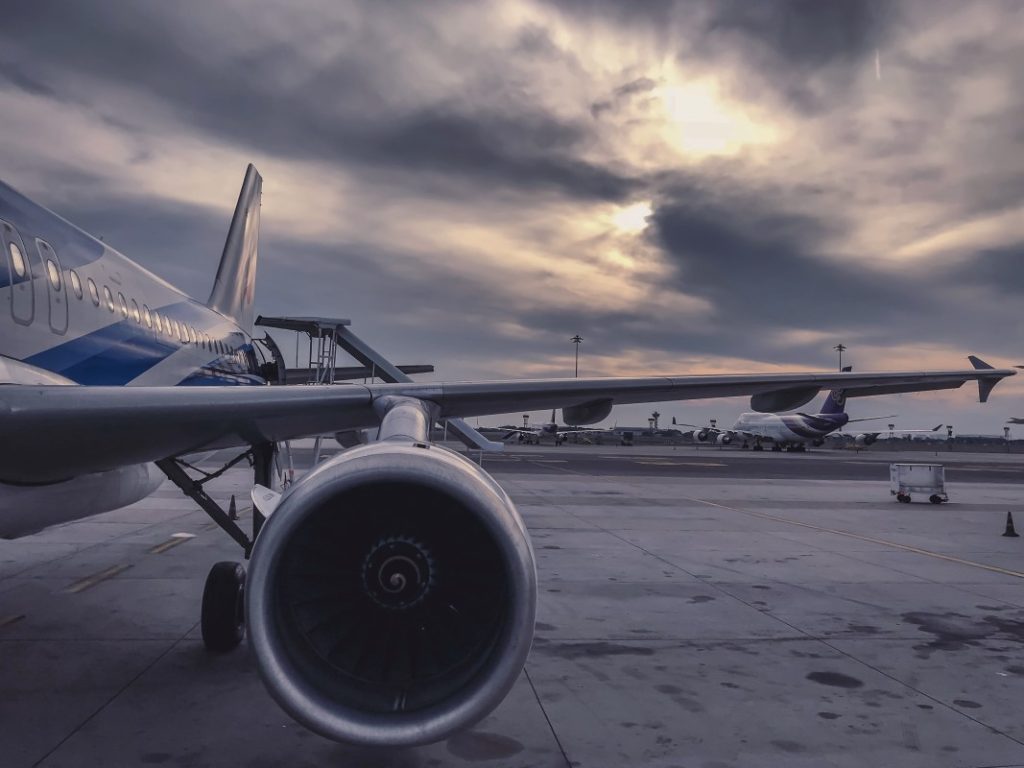There’s nothing quite like the feeling of takeoff. As the plane leaves the ground and hurtles toward the sky, it’s easy to forget all the complexities of aerodynamics and engineering that make flight possible. But behind the scenes, teams of engineers work tirelessly to ensure that every element of an aircraft is as safe and efficient as possible.
Aircraft companies invest their sweet time in the latest technologies to provide their passengers with the smoothest flight possible. They want to avoid potential disasters, so they conduct vigorous testing before investing in new tech.
Here are five aircraft technologies that make for a much smoother flight:
Autoland Systems
Back in the day, the only way for a pilot to land a plane was by relying on their vision and skills. But with the help of autoland systems, things have already changed for the better. These systems can take over the landing process in case of bad weather or if the pilot becomes incapacitated.
Autoland systems use sensors to monitor engine performance, altitude, heading, and airspeed. If the system detects a problem, it will automatically engage the plane’s landing gear and initiate a descent to the closest airport. In most cases, autoland systems can land a plane without any input from air traffic control.
Thanks to such systems, passengers can rest assured knowing they have a higher chance of landing safely in an emergency. Even if the chances of an autoland system engaging are slim, it’s still good to know that such technology exists. Aircraft businesses invest a lot of money in developing and maintaining autoland systems.

Turbulence-Mitigation Systems
Engineers designed aircraft to withstand some turbulence, but that doesn’t mean it’s pleasant for passengers. Various atmospheric conditions like air pressure, jet streams, and storms can cause turbulence. This results in an uneasy flight, and it can even be dangerous.
Turbulence-mitigation systems significantly reduce the effects of turbulence. These systems make use of sensors to detect areas of potential turbulence. After analyzing the data, experts use it to make changes to the plane’s flight path.
Turbulence is unpredictable, so there’s no guarantee that a turbulence-mitigation system will completely eliminate it. However, these systems can make a flight much smoother and more comfortable for everyone.
Advanced In-Flight Entertainment Systems
Gone are the days when passengers had to be content with watching a movie or listening to music on a small screen. With the help of advanced in-flight entertainment systems, passengers can now enjoy a wide range of content.
These days, most aircraft come with large screens that offer high-definition content. Some even have WiFi capabilities, so passengers can stream content from their personal devices. There are also interactive games and other activities that keep passengers entertained during long flights.
Aircraft businesses invest a lot of money in developing advanced in-flight entertainment systems. They want to ensure their passengers have the best possible experience while flying. This is especially true for long-haul flights where passengers need entertainment for hours on end.
Aircraft Health Monitoring Systems
The health of an aircraft can deteriorate over time. Due to the constant wear and tear, parts of the plane can start to fail. This is why aircraft companies must monitor the health of their planes.
Aircraft health monitoring systems use sensors to detect potential problems like metal fatigue, engine performance, and hydraulic pressure. The system then sends the data to a central system where experts can analyze it. These systems allow for early detection of problems, so they can fix these before they cause any major issues.
Aircraft health monitoring systems are vital for the safety of passengers. They help make sure that planes are in good condition before taking off. These also allow aircraft businesses to save money by fixing problems early on.
Aircraft Tires
The tires used on airplanes are essential. They need to handle the plane’s weight and the high speeds at which it travels. Every time an aircraft takes off or lands, the tires experience a lot of wear and tear. This is why aircraft businesses need to regularly check and replace them.
The tread on airplane tires helps the plane to grip the runway better in bad weather conditions. They also need to be able to handle the high temperatures generated when the plane friction with the runway. This is why aviation brands spend a lot of money researching and investing in tires. They only buy high-quality aircraft tires that match their needs and from reputable suppliers committed to providing the best products.
Aircraft businesses must ensure that their planes use the best possible tires. This is critical for the safety of passengers and crew. It’s also essential for ensuring that the aircraft can take off and land properly.
These are just some things that aircraft businesses need to consider. There are many other aspects of running a successful aviation company. However, investing in technologies that allow passengers to enjoy smoother and safer flights is always one of their top priorities. If you own an aviation company, ensure you’re up-to-date on the latest technologies. This will help you provide your passengers with the best possible experience.

